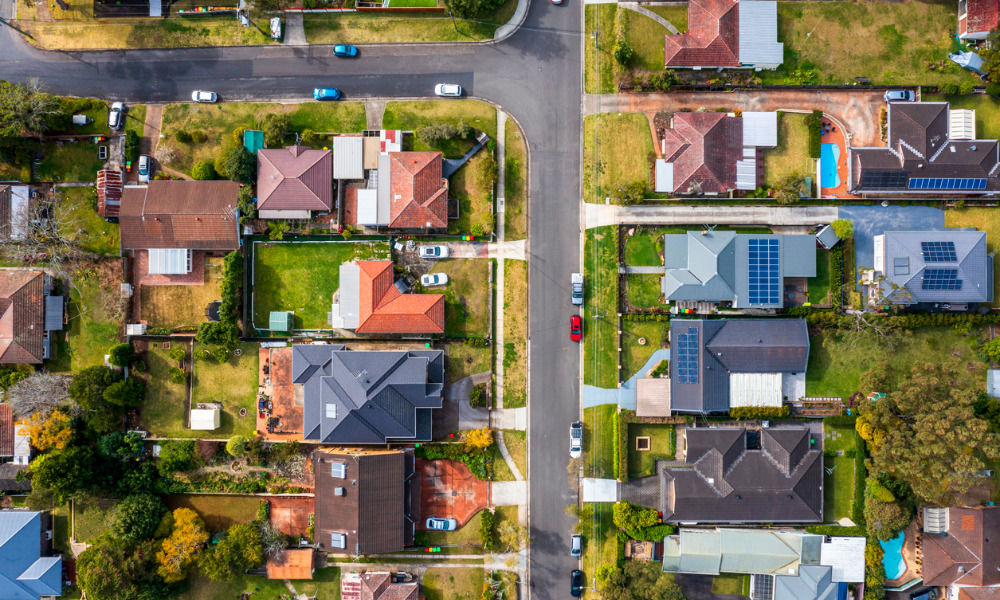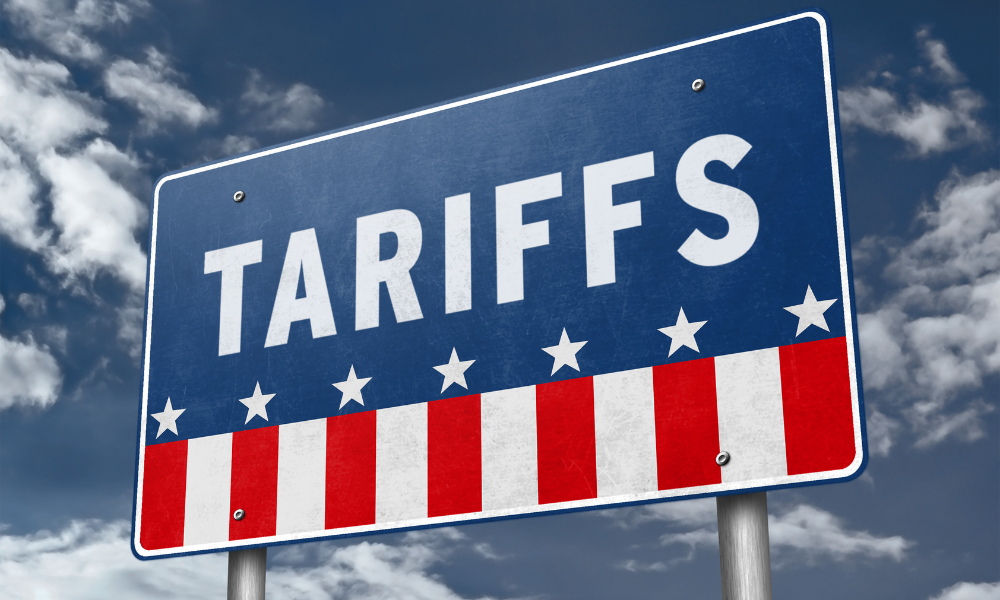Investors in Equiton's Apartment Fund are tapping into a perfect storm of rapid population growth and record low vacancy rates

This article was produced in partnership with Equiton.
Many Canadian investors have grown cautious about real estate as prices pause and borrowing costs rise. This may make sense for detached homes, but for apartment rentals the investment opportunities have rarely looked more promising.
With vacancy rates already at a 10-year low, several powerful trends are beginning to create a perfect storm of low supply and high demand in the multi-residential rental market.
“Would you want to invest in a single-family home today? Probably not,” says Lavelle Lindo, VP National and Strategic Relationships at Equiton. “But if you're looking at investing in the rental market in the right communities, there couldn't be a better time.”
Investors in multi-residential buildings are benefiting from a number of tailwinds; including rapid population growth, a housing shortage, and the prohibitive cost of buying a home.
“The housing shortage is the underlying issue,” Lindo said during a recent interview with Wealth Professional. “Although we have some of the strongest economic and population growth in the G7, we don’t have enough housing.”
Rising population
Canada’s population is increasing quickly and housing isn’t keeping pace. To bridge this gap and bring Canada in line with the G7 average, it’s estimated that the country will need an additional 1.5 to 2 million additional dwellings.
Two statistics put this challenge in perspective. In the past year, fewer than 200,000 housing units were completed at the same time about 1 million people arrived in the country.
“We don't have enough housing for the people that are here now,” Lindo says. “And the government plans to bring in another 1.5 million immigrants between 2023 and 2025.”
Shortage of land
Few people would look at a map and think Canada could run out of land. But when it comes to where people want to live, the lack of living space is a real and growing problem.
Toronto, for example, is hemmed in by a protected Green Belt on one side and a lake on the other. Vancouver has a similar problem, with mountains to the north and the sea to its west.
Less than one-third of Vancouver’s land is available for urban development due to natural barriers as well as regulatory obstacles put in place by the local government.
Unaffordable housing
Of the top five most expensive places to live in North America, four are in Canada[i]. And while housing prices have cooled in the last year, the rising cost of borrowing has put buying a home even further out of reach for most Canadians.
A quick look at the numbers explains why. A homebuyer with a household income of $100,000, a down payment of $100,000, and a qualifying rate of 5.25% can afford a $447,000 home.
That is far short of the more than $1.1 million price tag of an average house in Toronto[ii].
These are sobering statistics for people hoping to purchase a home, and they go a long way to explaining why many Canadians have grown cautious about the real estate market.
However, for people seeking investment opportunities fueled by powerful, generational trends, the numbers are compelling; especially when they’re backed by property experts who specialize in finding underperforming and undervalued multi-residential buildings.
Lindo says Equiton’s Apartment Fund specializes in acquiring underperforming and undervalued multi-residential properties and select new developments in Canada and increasing value through active management. The strategy helps investors benefit from both rental income and the rising value of their underlying properties.
Asked to discuss the current value of some of Equiton’s properties, Lindo points to Wellington Place in Hamilton. “We bought the building for $54 million in March of 2021 and it was appraised at $80 million in December of 2022.”
Lindo says Wellington Place is just one of the 34 multi-residential properties that Equiton owns in 17 communities across Canada. Through the company’s Apartment Fund, he says investors gain exposure to a diverse mix of rental properties with a targeted return of 8-12% annually, fueled by a perfect storm of economic and demographic tailwinds that could last for years to come.



